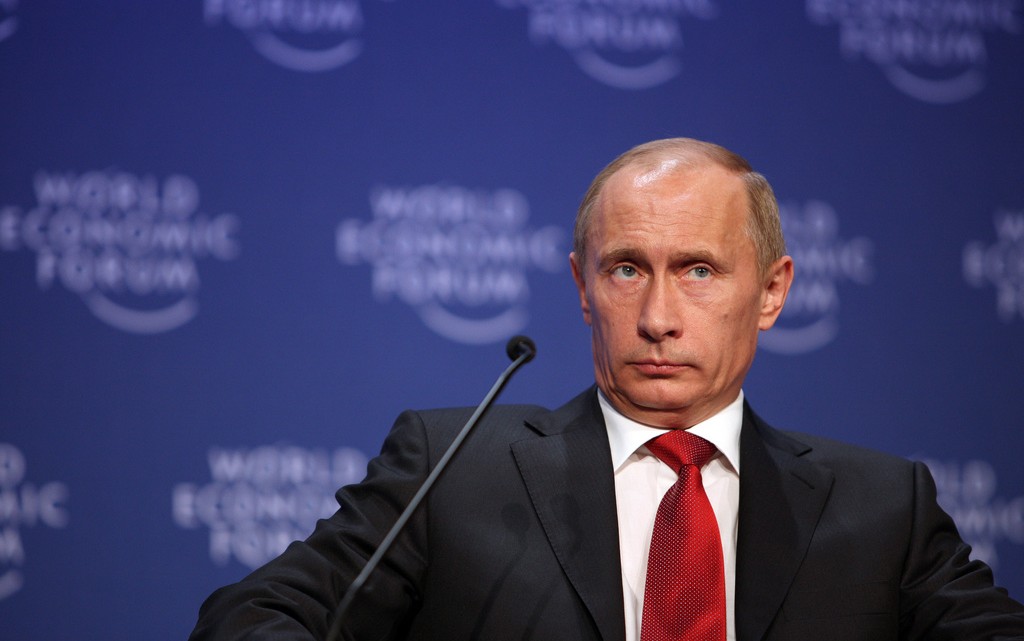The Russians are feeling somewhat giddy these days as they reclaim by force former parts of the Soviet Union and the imperial Russian Empire. It is a little known fact in America that two current U.S. states used to be controlled from Moscow, Alaska and parts of California. In my frequent trips to Russia, I quite often hear the tall tale that the U.S. stole Alaska from Russia and that they want it back. Of course, these accusations are made in jest, but not entirely. Have you ever heard the term Freudian slip? Although Putin has said he does not take these claims seriously, I think there is a deep longing among the Russian people that the Alaskan territory really belongs to the Russian Federation.
In the eighteenth century, imperial Russia was on the move, expanding in all directions (and especially to the east.) Siberia had long been under the control of the tsar in Moscow, but the Russian traders crossed the Bering Strait and developed a hugely profitable trade based out of what is now called Sitka, near Juneau. The Russian-American Company, or RAC, was extremely successful under its original leader, Alexander Baranov. The company’s shareholders included the tsars; and the area developed into a large trading center for the eastern Russian empire, dealing in furs, lumber, minerals, and ivory. They even sold ice to the infant, southern United States.
When Baranov died, the RAC fell into corruption as the new leaders skimmed off enormous profits for themselves from the trade business. Moscow began to subsidize the effort instead of reaping rewards. When the Crimean War broke out, Russia realized it could no longer defend the Alaskan territory; and a quick sale was made to the United States, with which Russia had very good relations at the time.
However, to initially supply this growing metropolis, Russian traders went further down the west coast of North America and established a citadel near San Francisco, and claimed the area for the Russian empire. Fort Ross was established in the early 1800s. The name comes from a form of the Russian word “Rus”, or belonging to Russia. The fort is now a national historic landmark and still exists, but was abandoned as the Russian empire pulled back from North America as the profits from their Alaskan adventure declined. There are scholars in Russia who to this day dispute the sale of the fort as they believe it was never paid for by the buyer, a wealthy individual.
With Russian president Vladimir Putin frequently citing the need for the Russian military to “protect” ethnic Russian populations in former colonies, perhaps it is useful to understand what Russian influence still exists in Alaska. The main remnant of Slavic culture to be seen across the state is the Russian Orthodox church, whose onion domes adorn the skyline of most Alaskan cities and certain villages. There is a small Russian speaking population also among the “Old Believers” who escaped persecution under the tsars and the Soviets and fled to North America and elsewhere. However, there is not one region of the territory that the Kremlin could point to as a large enclave of ethnic Russians. There was much intermingling among the Russian and native populations during the Russian reign, and Russian traditions can still be found in many native households and families.
